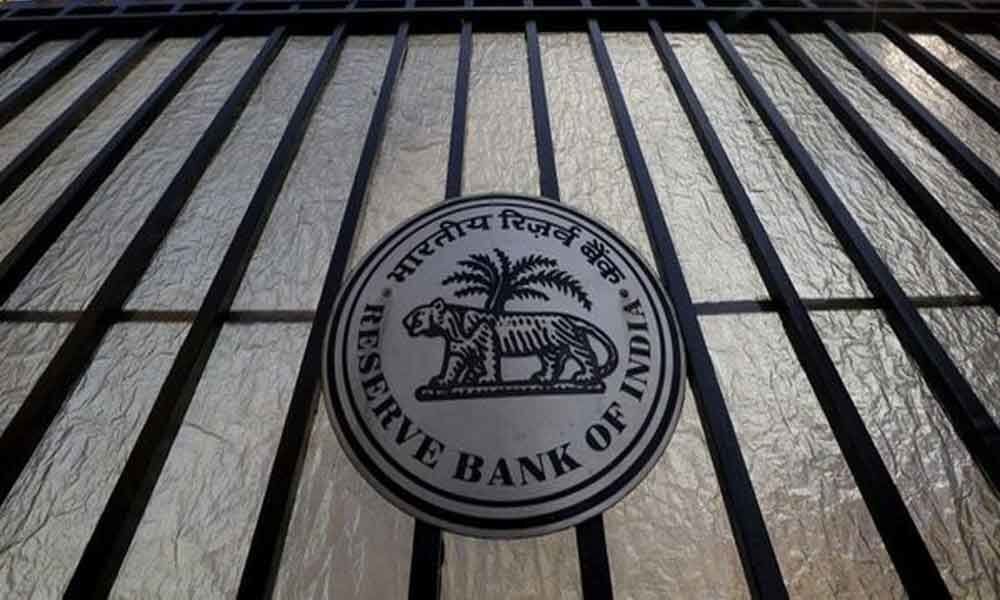RBI's revised guidelines for resolution of stressed assets likely before May 23

SC had quashed the RBI's February 12 circular on stressed loan recognition and resolution of large borrowers over Rs 2,000 crore, terming it as "ultra vires".
The Model Code of Conduct for the Lok Sabha polls is unlikely to have any bearing on issuance of a revised framework for resolution of stressed assets by the Reserve Bank and the guidelines are expected to be announced before May 23, sources said. Against the backdrop of the Supreme Court quashing an RBI circular, issued on February 12, 2018, a revised set of rules is under works and would be released soon, they said.
Earlier this month, the Supreme Court had quashed the RBI's February 12 circular on stressed loan recognition and resolution of large borrowers over Rs 2,000 crore, terming it as "ultra vires".
"The model code of conduct exempts RBI's monetary policy. It is unlikely to attract any action if the RBI issues the revised (February 12) circular," sources said.
They said the central bank is in very advanced stage and the revised circular should be out before declaration of general elections result.
The counting for the ongoing Lok Sabha elections will take place on May 23.
The RBI is looking into all the concerns raised by various stakeholders including banks and power sector companies and may look to tweak the circular without diluting it completely so that the momentum towards resolution of stressed assets is not affected, sources said.
The February 12 circular had mandated banks to refer an NPA account for insolvency proceedings in case a resolution is not found within 180 days. This was for accounts where the outstanding dues was at least Rs 2,000 crore.
Under the RBI norms, an account is classified as a non performing asset (NPA) if it is not serviced for 90 days.
Sources said various options are being explored for rejigging the NPA framework. One of the options is giving 30-60 days more time in addition to existing 90 days before initiating resolution process for stressed accounts, they added.
While the 90-day period for recognising an account as NPA would remain, the central bank would be looking at providing more leeway for the entities concerned to repay the loans, they said.
Sources said that providing additional time for repayment would help in mitigating hardships faced by micro, small and medium enterprises (MSMEs) to some extent.
In a report last year, the government had favoured additional 180 days to be provided for resolution of 34 stressed power projects with a view to avoiding potential value erosion of operating plants. The Supreme Court quashed the circular following a petition filed by around 70 stressed companies from the power, shipping and textiles sectors.
A parliamentary panel was among the critics of the now impugned circular.
"Although the new guidelines have been termed as harmonised and simplified generic framework, yet they are far from being so," the standing committee on energy said in its report tabled in Parliament last year.

















